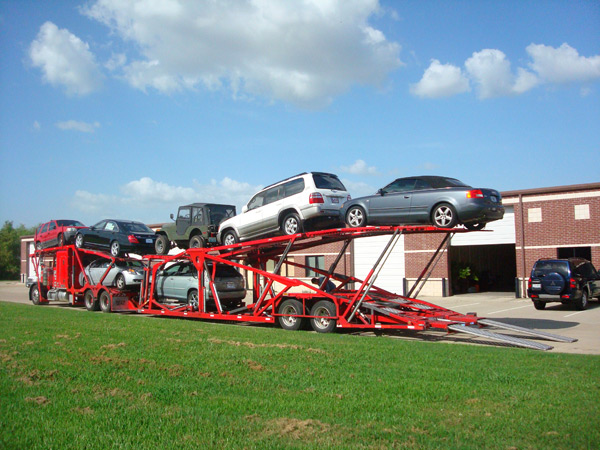There are many things to be aware of when arranging the transfer of vehicles between automobile dealerships Dealer-to-Dealer Vehicle Transport.
This wide-ranging guide discusses the various factors involved in successful inter-dealer shipping.
Pickup and Delivery Requirements
Most auto transport carriers will have certain stipulations about vehicle pickup and drop-off locations. Dealers need to ensure transport drivers have adequate space to safely load and unload inventory.
Drop-off schedules should also allow reasonable time windows for arrivals. Communication is key to make sure carrier logistics align properly with dealer needs.
Protecting Vehicle Condition
During transit between lots, vehicles are at risk of cosmetic or mechanical issues. Wise dealers select carriers known for careful hauling methods.
All tightening of tie-downs and covering of exposed areas helps maintain arrives-as-shipped quality. Dealers may want to note existing flaws upfront to avoid potential claims of transport-caused damage.
Title and Registration Documents
| Document | Purpose |
| Title | Proves ownership, should accompany vehicle or be sent separately |
| Bill of Lading | Shipping receipt signed by carrier, protects against claims of non-delivery |
Correct titling is essential for multi-dealer transfers to allow buying and selling between lots. Proper document packaging prevents loss or damage in transit.
Insurance Coverage Details – Dealer-to-Dealer Vehicle Transport
Carrier policies often only cover vehicles up to a maximum dollar amount like $50,000. High-value cars may need separate, higher-limit coverage.
Dealers should also note if coverage ends upon delivery, or remains in effect a short time after for potential post-arrival claims. Comparing policies between transport options gives peace of mind about risks.
Payment Methods Accepted
Most auto transport carriers take major credit cards or offer net-30 billing terms to established dealer clients. Upfront payment or deposits may apply to longer-distance hauls.
Multi-vehicle shipments could qualify for volume discounts under the right carrier. Having flexible payment arrangements streamlines the financial aspects of the vehicle exchange.
Allocating Sufficient Lead Time – Dealer-to-Dealer Vehicle Transport
Delivery dates for inter-dealer transport should factor in weekends, driver rest requirements after long hauls, and potential weather delays or traffic issues.
Rush orders may incur premium charges. Maintaining honest estimated timeframes between dealers respects each party’s needs while avoiding last-minute surprises or deadlines.
Understanding all aspects surrounding auto transporter logistics optimizes vehicle transfers between automobile retailers and reduces risks for selling and acquiring dealers alike.
Inter-dealer shipping requires cooperative arrangements in documentation, vehicle preparation and carrier coordination to deliver inventory seamlessly in suitable condition and within projected schedules.

